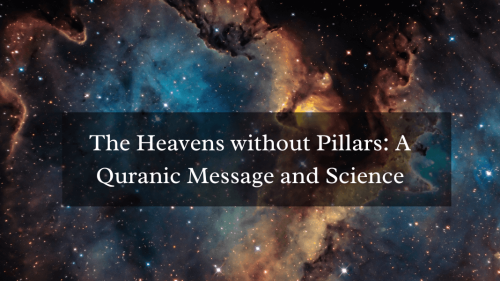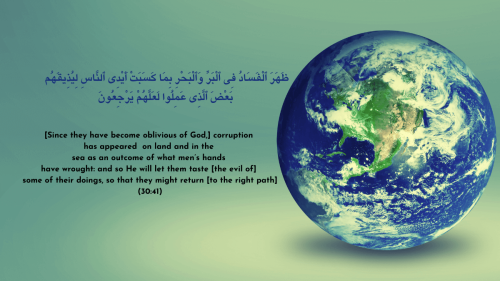Exoplanets and God’s Intelligent Lifeforms

In October, 1995 the discovery of the first planet revolving around another sun-like star was proclaimed. In the following 27 years, 5,000 additional exoplanets have been observed orbiting other stars. The catalog of planet candidates found with NASA's Transiting Exoplanet Survey Satellite (TESS) recently passed 5,000 Objects of Interest. The catalog has been growing steadily since the start of the mission in 2018.
Now a new study using gravitational micro-lensing suggests that almost every star in our galaxy has at least one planet circling it; and according to the research published 11/6/20 using data from NASA's retired planet-hunting Kepler space telescope, about half the stars similar in temperature to our Sun could have a rocky planet capable of supporting liquid water on its surface.
We used to think Planet Earth was unique in our galaxy but now it seems that there probably are billions of rocky planets with masses similar to Earth orbiting stars in our Milky Way galaxy.
A 2021 study from Pew Research found that eighty to eighty-five percent of Jews, agnostics, atheists, and unaffiliated Americans, say their best guess is that intelligent life does exist beyond Earth. About two-thirds of Catholics and mainline Protestants and 55% of Black Protestants agree. In contrast, only 51% of Protestants — and 40% of white evangelicals — are open to the possibility of intelligent aliens.
In reality, the Qur'an refers to thousands of other worlds. inhabited by intelligent creatures capable of worshipping God, and since such worlds are very rare, there must be billions of planets that lack intelligent forms of life. The Qur'an says, “We have not sent you but as a blessing for all the worlds.” (Al-Anbiya 107). Muslim commentators say this refers to the 18,000 worlds created by Allah [for intelligent beings]. Our world is one of them. (Mir'at-e-Kainat, vol.1, p.77)
As a Rabbi, I would point out that a prophet, as God's messenger, is a blessing only for creatures who are capable of worshipping God. Since on our world, of millions of species of animals, only humans worship God, worlds inhabited by intelligent creatures capable of worshipping God must be very rare.
Thus, there must be billions of planets that lack intelligent forms of life; but it is no surprise that some must have intelligent life: ”There’s at least 100 billion planets in just our galaxy," says John Johnson, assistant professor of planetary astronomy at Caltech.
The evidence for this statement is drawn from a recent study by Johnson of one planetary system, detected by the Kepler space telescope, that was found to contain five planets. The existence of two of those planets had already been confirmed by other astronomers. The Caltech team confirmed the remaining three, then analyzed the five-planet system and compared it to other solar systems found by the Kepler mission.
The planets orbit a star that is an M dwarf -- a type that accounts for about three-quarters of all stars in the our Milky Way galaxy. One of the fundamental questions regarding the origin of planets is how many of them there are. Like the Caltech group, other teams of astronomers have estimated that there is roughly one planet per star.
So each new discovery in astronomy yields new evidence of God's wisdom and power. As the Qur'an says, “The heavens, We built them with power; and verily, We expand [them]” (51:47).
As the Zabur of David says, “Your kingdom is a kingdom of all worlds; and Your dominion is for all generations.” (Zabur-Psalms 145:13)
And the Qur'an declares, “Verily in the heavens and on the earth are signs for those who believe.” (45:3) And prophet David says, “The heavens declare the glory of God. The universe proclaims God's handiwork.” (Zabur-Psalms 19:2)
In my introduction to Modern Kabbalah, “God, Sex and Kabbalah”, I devoted an entire chapter to Extra Terrestrial Intelligent Life as evidence of God's creative activities. In 1983 when the book was published, there was no evidence at all that any other stars had planetary systems. Thirty seven years later astronomers have already discovered almost 3,000 exoplanets.
This supports my assertion, based on Kabbalistic teachings, that God didn’t create a universe with millions of billions of stars and leave it devoid of intelligent, spiritually aware lifeforms, with the only one exception being on planet Earth. Earth size planets at the right distance to support carbon based life will be discovered in the next two decades.
When my book on Jewish mysticism was published I used the very conservative analysis of Dr. Frank Drake, who estimated that only 10% of stars had planetary systems. Now there are estimates that over 50% of sun like stars have solar systems.
While surveys haven’t detected any Earth-mass planets with atmospheres that contain oxygen yet, as instruments become more precise and planet-finding missions like Kepler continue to stare at stars, finding Earth-like planets in life-friendly orbits looms closer and closer.
Within a decade, astronomers hope to aim telescopes to spot the presence of oxygen or other biomarkers in their atmospheres. There is little doubt that we will soon discover extra-terrestrial life. But extra-terrestrial intelligent life will be much rarer. After all for 99.999% of the last 4 billion years there was life in Planet Earth and intelligent life did not arise until the last 1/40,000 of 1% of years. Yet with billions of planets in our galaxy there should be millions of planets with life and thousands of planets with intelligent life. But the most important factor has not yet been accounted for. How long do intelligent civilizations last.
While emergence of intelligent life could be very rare, intelligent life might emerge frequently but subsequently failing to survive for long. Perhaps every sufficiently advanced civilization confronts a suicidal technology or unsustainable trajectory like climate change or harmful Artificial Intelligence?
For 200-300,000 years humanity has survived super-volcanoes, asteroid impacts, and naturally occurring pandemics. But our track record of survival is limited to just a few decades in the presence of nuclear weaponry and AI. And we have no track record at all of surviving many of the radically novel technologies that are likely to arrive in the next few centuries
In my introduction to Modern Kabbalah, “God, Sex and Kabbalah”, I devoted an entire chapter to Extra Terrestrial Intelligent Life as evidence of God’s universal creation. In that chapter I point out that the key ingredient that is essential for two advanced civilizations to meet is the half-life of advanced civilizations.
If such civilizations last for only a few thousand years the odds against their being close enough in both time and space to be in contact is millions to one. Only advanced technology civilizations that achieve a fully peaceful society (called by Jews-The Messianic Age) have any chance to last the millions of years that would make interstellar contact possible. This is a religious and not just a scientific issue.
Topics: Astronomy, Earth, Milky Way, Science And Religion, Space And Astronomy, Universe
Views: 1516
Related Suggestions

















